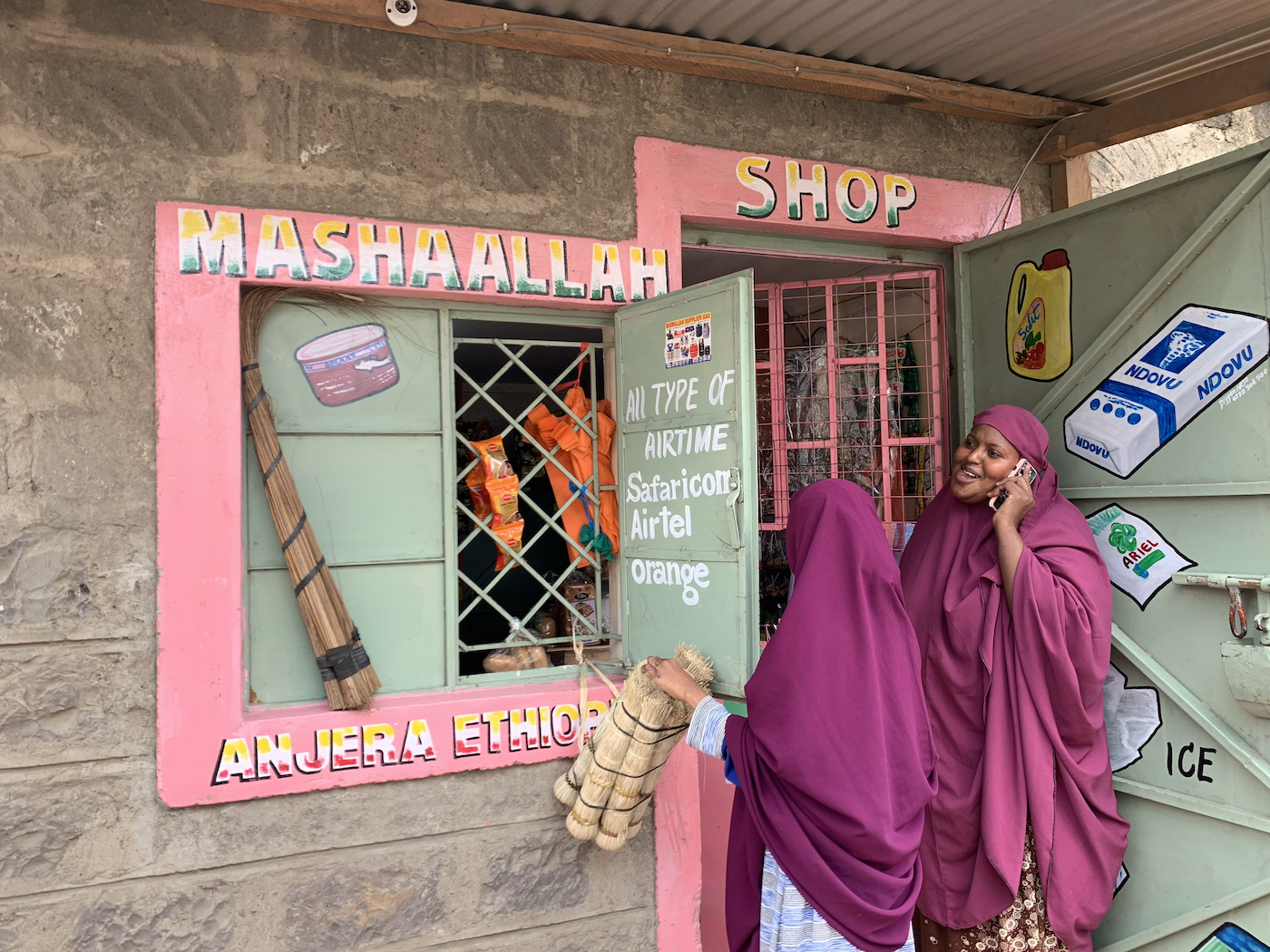
Micronutrient Condiment
Introducing micronutrients into porridge for children at risk of malnutrition
Two billion people are affected by micronutrient deficiencies worldwide. One third of them are children. We aim to introduce an affordable product inspired by existing porridge preparation practices for sale in the market to reach children with the micronutrients they need to thrive.
Two billion people are affected by micronutrient deficiencies worldwide, contributing to anemia, loss of eyesight, diarrhea, and disrupted or delayed mental and physical development. One third of those affected are children under the age of five. In some parts of the world, especially those impacted by conflict, it can be difficult or impossible for caregivers to find or afford micronutrient-rich foods like fruit, vegetables, fortified foods, and animal protein.
Micronutrient powder (MNP) sachets were developed 20 years ago to address this issue of undernutrition, but uptake has been low. The product, a white, odorless, tasteless powder, is typically found only in health centers or through small-scale subsidized distribution. These products face major challenges due to limited or irregular availability, and confusion by end users who may not be well informed about how and why to use the powder. This is particularly true in conflict-affected areas where health services are already over-burdened, and therefore cannot provide substantial preventative services or support to caregivers.
We envision an alternative product that is inspired by existing porridge preparation practices and will be available for sale in the market. Caregivers currently add flavorings like sugar, salt, and margarine to the pot of porridge. A flavorful porridge condiment could be used in place of sugar and other additives. The condiment will contain multiple micronutrients recommended for young children and be sold at an affordable price through local kiosks and market stalls. If successful, this product will be sold under an existing food and beverage brand with deep market penetration and take advantage of their existing supply chain and brand familiarity.
Not only will this product provide the flavor that caregivers look for in healthy products, it will also be distributed through a sustainable model that market-based and demand-driven.
Project Timeline
Ethnography in Kenya
We conducted ethnography in Nairobi and Turkana County. The team consulted with social entrepreneurs in nutrition, private sector agents, kiosk owners, IRC colleagues, and caregivers from Burundian, Somali, and Kenyan backgrounds. Through these visits, we prototyped and tested potential product packaging, learned more about how caregivers prepare porridge, key challenges with existing MNP sachets, and what aspects of the product might be valued by its potential customers.
ResourceSecond round of inputs from experts in micronutrients, food scientists, funders, bouillon manufacturers, and other food experts.
Resource